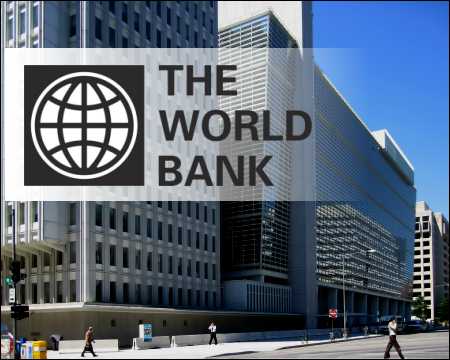Electrification Rate At 63 Per Cent In Odisha: World Bank

Bhubaneswar: Despite rapid progress made in recent years, a World Bank report has said that power shortage remains a key challenge in India and the electrification rate in several states including Odisha remains below 63 per cent.
“India achieved 100 per cent village electrification in 2018. But at the household level, its rural access rate, at 81 per cent in 2017, is still the third-lowest in South Asia,” the report released on December 12 said, adding that 225 million people in the region lack electricity connection.
Titled ‘How Much Do Power Sector Distortions Cost South Asia’, the report has revealed that the economic cost of such distortion was 4-7 per cent of the GDP in India at US$ 81.6 billion in 2016.
Making a strong case for reforms in the sector, the report has particularly mentioned Odisha and the NCR Delhi region towards privatisaiton of power distribution in the early 2000s, though it noted that Odisha’s distribution utilities were returned to government control in 2015 following poor performance over a long period.
“Although large investments are urgently needed to plug energy gaps, reforms that address policy distortions in the energy sector could play a big part in making the best use of existing facilities, avoiding waste, attracting private investment and promoting the shift toward a cleaner energy mix,” the report has suggested.
Among the impediments confronting the core power sector, it said electricity for households and farmers is priced lower than the cost for utilities to buy it. It was lower by 22 per cent in India, 25 per cent in Bangladesh and seven per cent in Pakistan during the 2015 fiscal.
“In addition, irregularities in billing and rampant theft of electricity constitute a de facto implicit subsidy. Distorted tariffs combined with unpaid subsidies have contributed to the deteriorating financial situation of distribution utilities,” the World Bank report has said.
In the absence of institutional reforms, the inefficiency of energy companies is being passed on to consumers, the report maintained. It said the highest payoffs are likely to come from institutional reforms, the expansion of reliable access to electricity and the appropriate pricing of carbon and emissions of local air pollutants.
Talking about centrally-sponsored programmes towards urban and rural electrification, it said the schemes have helped 286 million people get connected to the grid. Yet another 178 million people in India remain without access to the grid, most of them in rural areas.
Access, it said, also remained uneven in the country. Quoting official figures, it said that while six states and the rural vicinity of the national capital, New Delhi, had achieved a 100 per cent electrification rate as of October 2017, several states in east, north and northeast India including Jharkhand, Assam, Uttar Pradesh, Nagaland and Odisha, on the other hand, have electrification rates below 63 per cent.

Comments are closed.